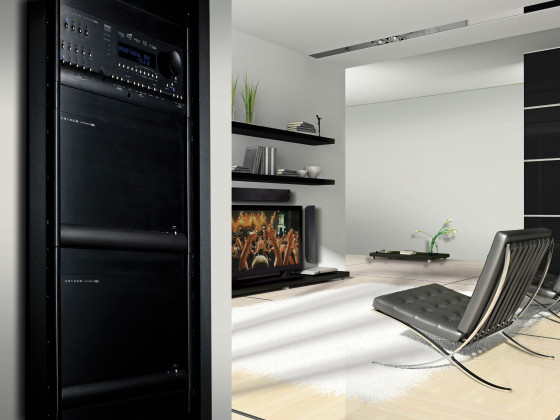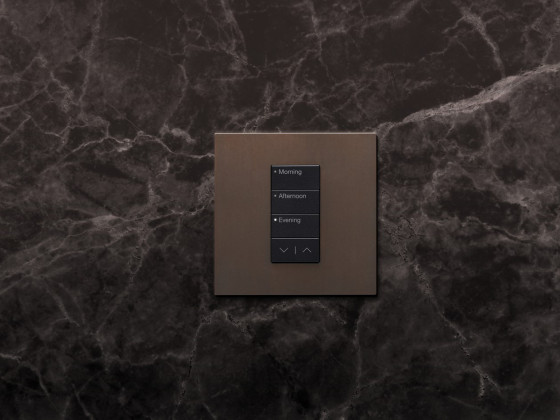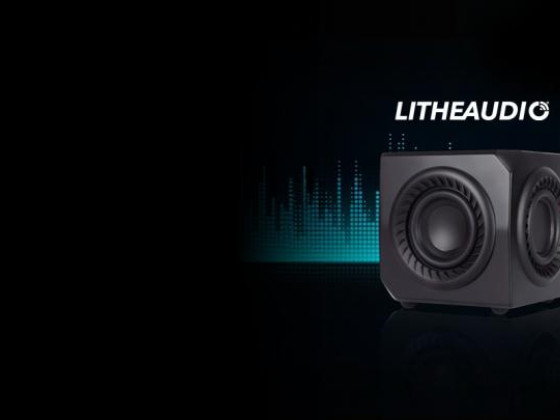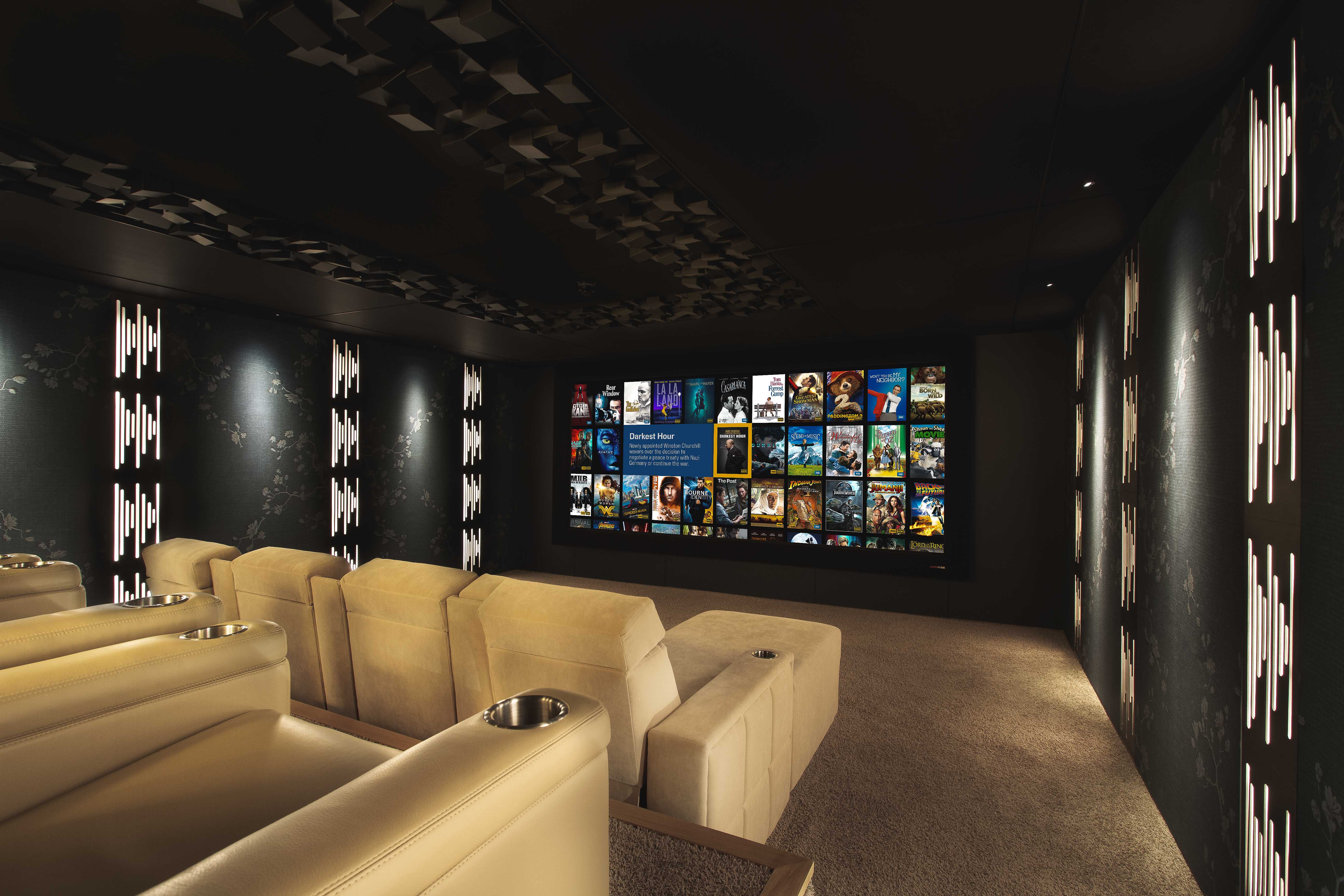
With the recent announcement that WaveForming is now publicly available to all Trinnov users, Ian Mulry, Technology Specialist, Invision, provides some insight into the opportunity for advancing audio performance delivered by Trinnov WaveForming Technology.
First up, for those that don’t yet know, what is WaveForming?
WaveForming has revolutionised the delivery of low frequency effects (bass) in small rooms. Bass has always been the problem child in small rooms due to the length of low frequency soundwaves. Through engineering and multiple measurements, WaveForming algorithms work to eliminate the horizontal and vertical room modes that produce inconsistencies in the room.
“The results are seat to seat consistency across multiple rows of seats whilst delivering high impact low frequency effects and minimising decay. We have been out on the road demonstrating WaveForming for the first six months of this year. We have been carrying out demonstrations in untreated meeting or training rooms and still getting a +/- 2db seat to seat consistency across all seats. Those customers that have attended these events will know how powerful this demonstration is. Just think how powerful it can be in a properly constructed and treatment home cinema!
As with any new technology, there can be some confusion or myths build up around its introduction, have there been any with WaveForming?
You don’t need 20 subwoofers in the room to deliver WaveForming. It is simple to implement, there are simple tools available to assist with designing a WaveForming solution. Dependant on room size you can run a minimum of four subwoofers (two front and two rear) to deliver an engineered WaveForming solution.
Since inception the technology has continued to evolve, a new iteration called Cylindrical WaveForming was showcased at the Munich High-End show, what are the main points dealers should be aware of?
I was lucky enough to get to Munich to witness the ‘Cylindrical’ debut. It is not as powerful as the ‘Planner’ solution but still gives excellent results by eliminating the horizontal room modes and reducing the decay. For a single row of seats in a room, this is a more achievable solution where engineering multiple sub positions akin to a DBA is not possible. For a room like Munich where there was no ceiling, the results were clearly noticeable. I spent a fair amount of time in the room and sat in multiple seats in each row. The seat-to-seat consistency was extremely good.
How can installers learn more, and experience WaveForming for themselves?
Trinnov has produced multiple documents and recorded webinars that describe the features and benefits of WaveForming and how to design it. As previously mentioned, there are also design tools available for specification. There is a Plannar WaveForming solution installed at Pulse Cinemas HQ in Stansted in the Main Cinema using Krix loudspeakers. The system is a 4 x 4 (8 subwoofers) using Cyclonix 18 subs. We can host customers and dealers at the demo facility and give a comprehensive demonstration showing WaveForming both on and off so that they can really experience how remarkable the technology is and how it transforms performance right across the whole room.
What technical support is available when taking on a WaveForming install?
In the first instance, dealers can contact us for design and specification assistance. Once the project is installed, I am available to assist with calibration either on site or remotely. If a customer is competent with Trinnov then WaveForming is just an additional process, and most will not find it particularly challenging.
Now that WaveForming is fully available what does the technology deliver?
The early adoption program that Trinnov launched was really well supported and as such has accelerated the public release of WaveForming. Now its released there are three levels of WaveForming; Plannar, Cylindrical and Conventional. Plannar being the full design engineered solution with extremely accurate predicted results. Cylindrical is the partially engineered solution utilising an array of subwoofers at floor level placed at both the front and back walls. The results of Cylindrical are still extremely good but only correcting in the horizontal plane.
Conventional is using existing installations and running the algorithms using the same measurement methods. The Conventional method is the least predictable and will give varied results depending on the system and how it has been set up. I have been involved in measuring some rooms here in the UK that are conventionally designed using the four subs in the corner method. The results have still been very good and the dealers that own these demo rooms have been more than impressed. The most noticeable result with Conventional is the control of the decay. The bass response is much tighter, and you get far more impact. You still get improved seat-to-seat consistency here, but not to the levels of the engineered Plannar solution.
If you want to find out more about Trinnov WaveForming and its ability to transform the audio in your existing and future home cinema projects, get in touch: Ian.Mulry@invisionuk.com, 01359 270280

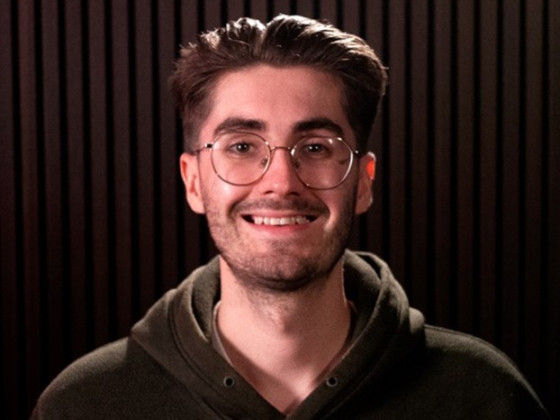
-listing_thumbnail.jpg)


